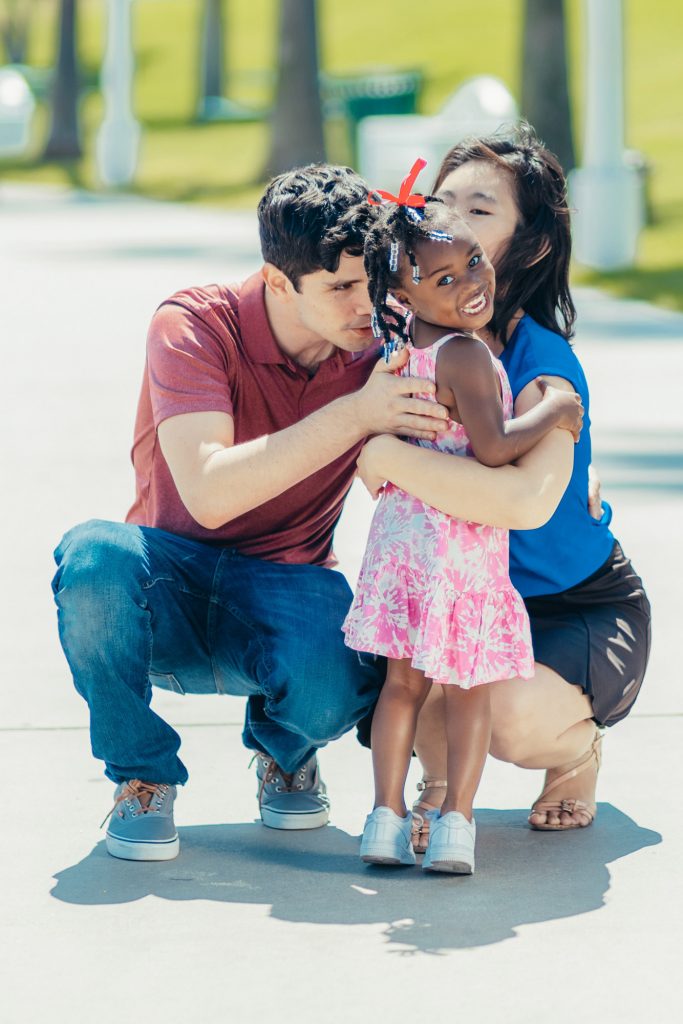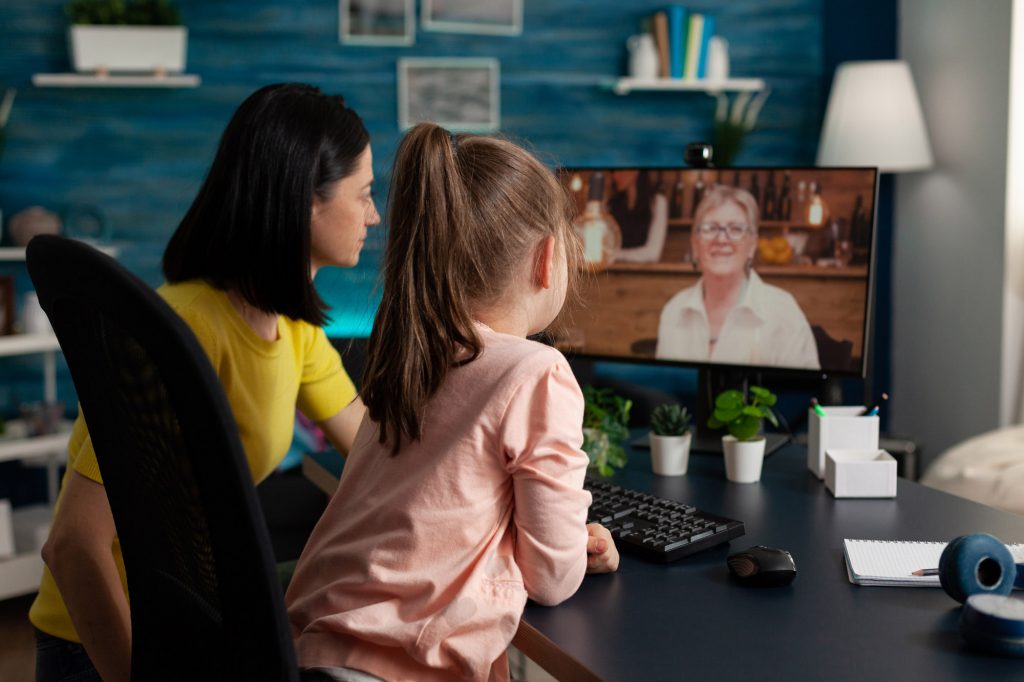Are you currently working with a Children’s Aid Society?
How can Child Protection Mediation help you?
- Mediation is a way of assisting participants create a plan that stays focused on what is best for the children.
What does a CP Mediator Do?
First, let’s be clear about what the CP Mediator does NOT do. The Mediator does not decide what happens. The Mediator’s job is to help the family describe the parts of the plan they oppose and explain why. The CAS representative – usually the worker assigned to the case – presents the CAS viewpoint. Maybe by having this discussion, they can find a new plan that is acceptable to the CAS and to the family.
Why Should You Consider Child Protection Mediation?
- The Child Protection Mediator is highly trained and does not work for your Children’s Aid Society.
- The Child Protection Mediator doesn’t take sides, make decisions for you, or judge you.
- Everyone works together to reach an agreement on the issues.
- It respects and values the voices of everyone.
- It is a voluntary process.
- Child Protection Mediation may help reduce your time spent in court.
- There is no cost to the family to participate.


How to Start?
Ask your society worker to consider a referral or contact the ADR manager at the ADR agency.
Once a referral is made, your Children’s Aid Society will send a Notice to the Office of the Children’s Lawyer who may appoint a lawyer to ensure your child(ren)/youth’s voice is heard.
The ADR Agency contacts a mediator to get things started. All Child Protection mediators are rostered with the Ontario Association of Family Mediation (cpmed.ca)
What Happens Next?
The Child Protection Mediator meets with your CAS worker and each participating person individually, to review:
- The list of things to discuss.
- How mediation works and what to expect.
- The confidential nature of the meeting.
- Arrangements for the mediation, such as place and time that works best for everyone.

Day of Mediation
On the day of the mediation, the Child Protection Mediator meets with everyone, usually together, to help the participants reach an agreement that the participants think is in the best interests of the child/youth. The mediation can take place in-person or online, depending on the situation. If you do not want to be together with someone for safety reasons, either in-person or on screen, please inform the Child Protection Mediator and they will ensure that they take your wishes into consideration.
When the mediation is complete, the mediator will send everyone a report outlining the agreement. At this point, this is an agreement in principle and you or others may change your mind about some of the details. You are encouraged to review the agreement with your lawyer.

The Child Protection Mediator’s Role
- Helps the family and children’s aid society come to an agreement about a plan for the safety and well-being of the child(ren)/youth.
- Helps with healthy communication.
- Doesn’t take sides, make decisions for you, or judge you.
- Helps you look at things in a different way.
Frequently Asked Questions
What If I Change My Mind?
Mediation is voluntary and no one must participate. It’s your right to stop at any point.
What If Mediation Does Not End in An Agreement?
If there is no agreement, the case continues just like it was before it was referred.
Is There a Cost to The Family for Mediation?
No. There is no cost to families. The program is funded by the Ministry of Children, Community and Social Services.
For further information, Community Legal Education of Ontario (CLEO) has created a flow chart outlining the ADR process and how it fits into the overall court process. You can access ADR prior to court or during court and in some circumstances after court. The ADR for Families Information sheet can be found here: https://stepstojustice.ca/resource/what-happens-if-cas-decides-my-child-is-in-need-of-protection/
